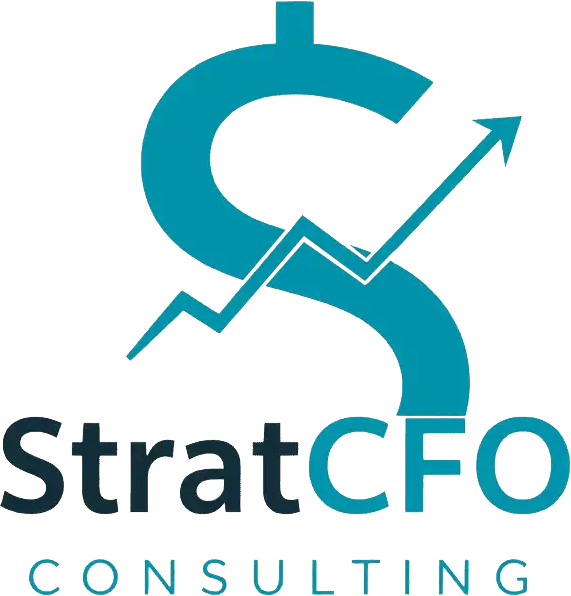
Streamline Your Business with Professional ERP Implementation and Support
Running a business without the right ERP system is like trying to navigate without a GPS – you'll eventually get where you're going, but you'll waste time, money, and energy along the way. If you're tired of juggling multiple spreadsheets, chasing down information across different departments, or making decisions based on outdated data, then professional ERP implementation might be exactly what your business needs.
The right ERP system doesn't just organize your data – it transforms how your entire organization operates. Imagine having instant access to real-time information about your inventory, finances, customer orders, and employee performance, all in one place. Picture your team spending less time on repetitive tasks and more time on the work that actually moves your business forward.
But here's the thing: choosing and implementing an ERP system isn't something you want to wing. The wrong system or poor implementation can create more problems than it solves. That's where professional guidance makes all the difference. With expert support, you'll get a system that fits your unique business needs, proper training for your staff, and ongoing support to ensure your investment pays off for years to come.
Business Process Analysis and Optimization
Assess every workflow and pinpoint inefficiencies before ERP selection. Identify time drains and create a roadmap for improvements, ensuring your new ERP addresses your business's specific challenges—not generic issues—and becomes a true asset rather than a workaround.
ERP System Selection and Recommendation
Hundreds of ERP options exist. Expert recommendations are based on your size, industry, needs, and budget, ensuring you choose the right platform. No more "demo disasters"—get a solution that grows with you, not one that restricts potential.
Complete Implementation Project Management
Experienced managers keep your ERP project on schedule, within budget, and minimize disruptions. They liaise with vendors, tackle technical concerns, communicate progress, and avoid costly mistakes, allowing you to focus on the business, not the project chaos.
Staff Training and Change Management
Effective training and supportive change management ensure staff embrace the ERP system. Includes hands-on practice, ongoing support, and tailored sessions so teams adapt quickly. Confidence and user buy-in drive faster ROI and smooth system transitions.
Data Migration and System Integration
Accurate data migration is essential for ERP success. Experts transfer critical business info and connect necessary external systems, preventing loss, duplication, and incompatibility. Clean data from day one delivers immediate insights and efficient operations.
Custom Configuration and Development
Customize ERP features, workflows, and reports so the system fits your business perfectly. Balance low maintenance with enough specialization, avoiding excessive costs and future headaches. Your ERP becomes uniquely tailored yet easy to support and update.
Business Intelligence and Reporting Setup
Unlock actionable insights with BI dashboards and reports. Get real-time visibility into KPIs and financial metrics to enable quick decisions, early opportunity spotting, and effective issue resolution—no more waiting for slow, unclear or confusing spreadsheets.
Ongoing Support and System Optimization
Support goes beyond go-live. Receive health checks, updates, performance improvements, and additional user training as your business grows, ensuring the ERP stays optimized and supports evolving business needs instead of creating future limitations.
Common Questions Answered
ERP implementation timelines vary significantly based on your business size, complexity, and chosen system. For small businesses with straightforward processes, implementation might take 3-6 months. Medium-sized companies with more complex workflows typically need 6-12 months, while larger organizations might require 12-18 months or more. The key is proper planning and realistic expectations – rushing implementation often leads to problems that take longer to fix than doing it right the first time.
Software licensing is just the tip of the iceberg. You'll also need to budget for implementation services, data migration, staff training, potential hardware upgrades, ongoing support, and customization work. A good rule of thumb is to expect total implementation costs to be 2-3 times your annual software licensing fees. However, most businesses see ROI within 18-24 months through improved efficiency and reduced operational costs.
Employee resistance is completely normal and expected. The key is involving staff in the process from the beginning, clearly communicating the benefits they'll experience personally, and providing comprehensive training and support. When people understand how new systems will make their jobs easier rather than harder, resistance typically transforms into enthusiasm. Change management is as important as technical implementation.
This is why proper planning, testing, and phased rollouts are so important. Quality implementation includes extensive testing periods, user acceptance phases, and contingency planning. If issues arise, they're addressed through system adjustments, additional training, or process modifications. Having experienced implementation partners significantly reduces the risk of major problems and ensures quick resolution when minor issues occur.
Absolutely. Different roles require different types of training. Executives need strategic overviews and reporting training, managers need operational and supervisory features, and frontline employees need hands-on task-specific instruction. Training is customized for each user group to ensure everyone gets maximum value from the system without being overwhelmed by irrelevant features.
Success is measured through specific, measurable improvements in key business metrics. This might include reduced processing time for orders, improved inventory accuracy, faster financial reporting, decreased manual errors, or improved customer satisfaction scores. Success metrics are defined before implementation begins and tracked throughout the process to ensure you're getting the expected return on your investment.
